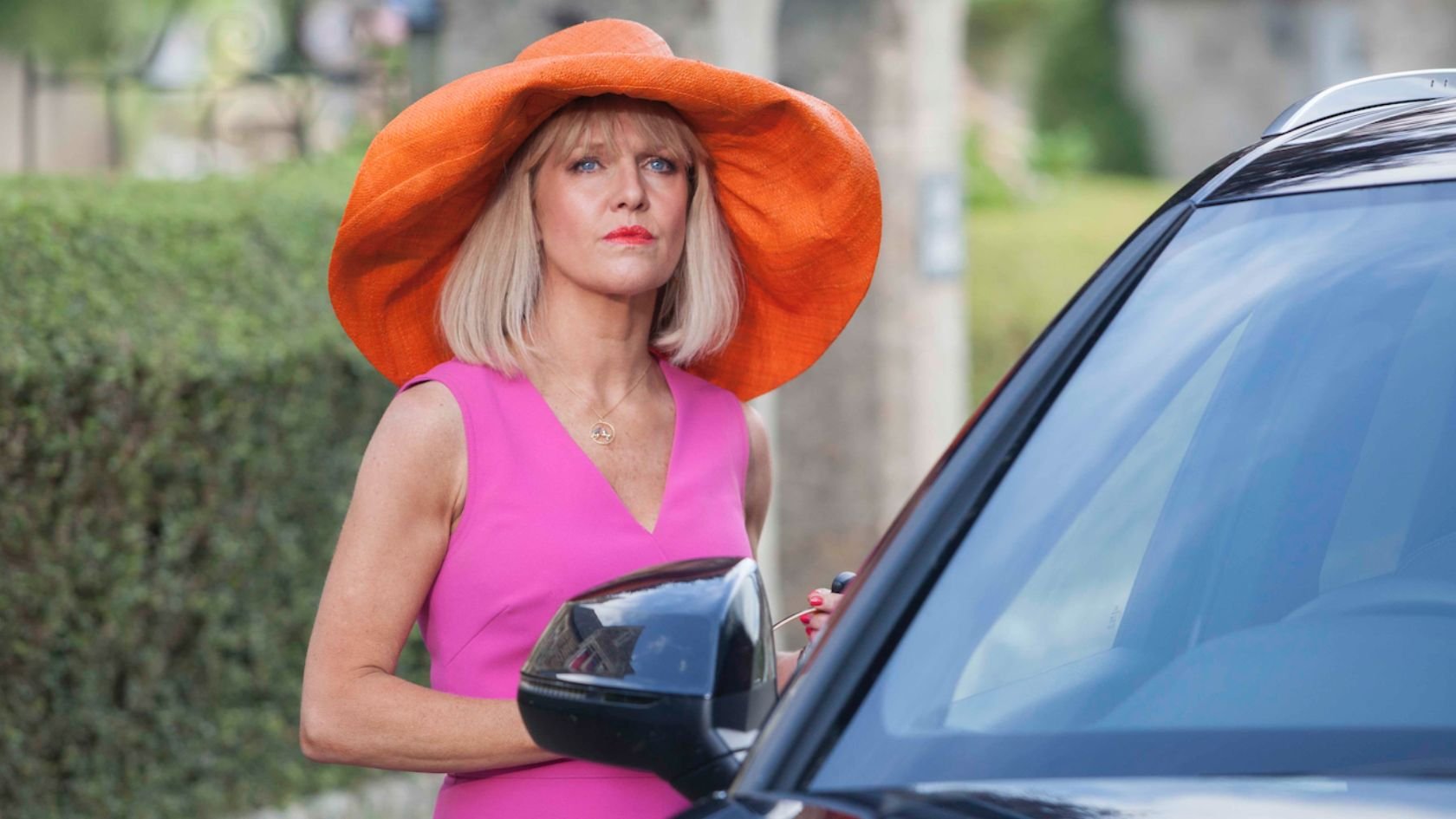So, You’re On Amazon But Not Part of Prime Day Deals …
How to Make the Most of Prime Days Even If You’re Brand Isn’t Part of the Official Prime Deals Program
Table of Contents:
How Many Brands Get Chosen for Prime Deals
How Brands are Chosen
9 Smart Strategies for Brands Not in Prime Day Deals
Real Examples of Prime Day “Unofficial” Wins from Years Past
FAQ’s
Amazon doesn't hold back when it comes to Prime Day—it's a pre-back-to-school, halfway to Christmas, extravaganza that has become an event within itself.
This year Prime Day will take place July 8–11 Tuesday through Friday. Although this is now a 4-day event it’s still officially called Prime Day (singular).
In 2024 Amazon reported it’s biggest Prime Day shopping event ever, with record sales and more items sold during the two-day event than any previous Prime Day event. During the 2024 48-hour shopping event (note, 2025’s Prime Day is now 4 days long) global sales for Amazon Prime Day 2024 totaled $14.2 billion in a 48-hour period. Capital One Shopping reported the following data:
Consumers in 23 different countries purchased over 300 million items.
Between Prime Day 2023 and 2024, total spending increased 11.0%; per-order spending decreased 1.2%.
The average order value was $57.97 on Prime Day 2024.
Prime Day purchase discounts totaled $2.5 billion in 2023.
The average discount on Amazon Prime Day was 18%.
How Many Brands Get Chosen for Prime Day Deals?
There are millions of sellers on Amazon (over 2 million active in the U.S. alone). Prime Day, however, only features a few thousand “Deals” at a time, and those rotate over the course of the event.
While Amazon hasn’t released exact numbers, here’s a realistic estimate:
Less than 5% of sellers are featured in official Prime Day Deals
Even fewer get “Deal of the Day” or lightning deal homepage real estate
The majority of those featured are top-performing brands, Amazon-owned brands, or vendors that have built strong sales and reviews over time
How Brands Are Chosen: The Selection Criteria
Here’s what typically determines if a brand/product makes it onto the Prime Day stage:
✅ Strong Performance History
High product ratings (ideally 4+ stars)
Low return rate
Solid customer service metrics
High sales velocity over the past 90 days
💸 Willingness to Offer Deep Discounts
Amazon loves a 20%+ discount (and often prefers 30–40%)
The deeper the discount and the more inventory you can move, the more likely you’ll get featured
📦 FBA (Fulfillment by Amazon) Enrollment
Amazon favors FBA products since they control the shipping
Non-FBA sellers are much less likely to be considered for Prime Day deals
🔁 Consistent Deal Participation
Brands that have previously run Lightning Deals, Coupons, or Best Deals
Amazon often selects sellers who’ve used its promotional tools effectively in the past
🛍️ Category Demand & Consumer Trends
Products in hot categories (beauty, wellness, kitchen, tech, baby, fitness) are prioritized
Amazon also considers emerging trends based on customer search data and previous years’ performance
How Do You Apply?
If you want in, you have to submit your products in advance, usually by April or May, through your Amazon Seller Central or Vendor Central dashboard.
For sellers: You can nominate a product for Prime Day through the “Deals” section
For vendors (1P): Your Amazon account manager typically initiates the deal process
Note: You’ll be required to meet minimum discount thresholds and have enough inventory on hand
Insider Tip: Amazon Also Curates “Unofficial” Prime Features
Even if you're not in the main Prime Day Deals section, your product can still show up in:
Editorial recommendations (through Amazon Associates or Creator Program)
Influencer storefronts
“Prime Picks” roundups in niche categories
Trending searches and sponsored product ads
So even without the golden ticket, you can absolutely get a slice of the pie (especially with a smart content and ads strategy).
💡 9 Smart Strategies for Brands Not in Prime Day Deals
1. Create Your Own Deal on Amazon
Just because you're not in Prime Day doesn't mean you can't discount. Offer your own limited-time promotion (even 5–10% off) and update your listing title and imagery to reflect it:
🛒 Example: “✨ Prime Week Price! ✨”
2. Optimize Your Amazon Listing
Polish that listing until it shines. That means:
High-quality lifestyle images
Bullet points that answer top customer concerns
Clear benefits in the title (ex: “Organic, Fast-Absorbing Body Oil – Great for Dry Skin!”)
🧼 Prime Day means more eyeballs → make your page convert.
3. Use "Prime Week" Language in Your Off-Amazon Marketing
Even if you’re not technically in the deals lineup, you're part of the moment:
“In celebration of Prime Week, here’s 10% off sitewide”
“Not all the best deals are on Prime—shop our site for more treats”
Run parallel deals on your DTC site with Amazon FOMO vibes
4. Boost Traffic to Amazon
Use Instagram, email, and your site to send people to your Amazon listing—capitalize on people already in a buying mindset.
“Find us on Amazon during Prime Week”
Use Amazon affiliate links if you're in the Influencer or Associates program.
5. Run Amazon Ads
Even without a Prime badge, PPC ads can help you scoop up traffic.
Bid on competitor brand names, category terms, and keywords like “Prime Day gifts” or “best Amazon deals”
Set a strict budget and bid smart—traffic is higher, but so is competition
6. Leverage Influencers or Affiliates
Affiliate-style influencers (especially those on Amazon Live or in the Creator Program) are ravenous for Prime-related content. They get a great commission when they make a sale through their Amazon Affiliate programs, and they get to ride the trending wave of social media and search engine related content.
Let them know you’re offering a special promo on Amazon, even if unofficial
Pitch a “Prime Picks You Might’ve Missed” angle
7. Add a “Compare to Prime” Section on Your Website
Play the cheeky underdog card:
“Skipped over by the algorithm, but still a steal. Here's why our product stacks up to the big names you're seeing on Prime.”
This adds transparency and confidence in your brand.
8. Collect Emails from the Buzz
If you’re getting added attention to your site during Prime Week, use it:
Pop-ups: “Score 10% off our non-Prime Prime Sale—just drop your email”
Bundle free shipping or gifts with sign-ups
9. Ride the Post-Prime Bounce
Prime Day is overwhelming. Some people don’t buy.
→ Run a “Prime Recovery Sale” the day after.
“Didn’t find what you wanted? We’ve got you.”
“Prime Regret? We’ve got the cure.”
You can still score sales wins during Prime Day, even if your brand isn’t part of the event.
💡 Real Examples of Prime Day “Unofficial” Wins from Years Past:
🛁 Blueland – Prime Adjacent Promotions
What they did:
Blueland (the eco-friendly cleaning product brand) wasn’t always part of the Prime Day “Deals” tab, but they still ran a sitewide sale during Prime Week—leveraging the traffic surge with an email subject line like: “It’s Prime Day… but better.”
Why it worked:
They turned the Prime frenzy into a reason to promote their site—positioning their brand as an ethical, better-for-you alternative to the Amazon free-for-all.
🧴 Drunk Elephant – Off-Amazon Email Play
What they did:
This beauty brand didn’t rely on Amazon at all. Instead, during Prime Day 2023, they sent an email blast:
“Who needs Prime? Here’s our own sweet deal.” and offered an exclusive kit only available through their website.
Why it worked:
They leaned into their premium vibe. For loyal fans who don’t want to shop Amazon, this gave them an incentive to stay brand-direct.
📦 Supply Co. – Post-Prime Bounce Back Sale
What they did:
Men’s grooming brand Supply Co. ran a 2-day “Prime Day Hangover” sale immediately after the event—targeting deal-fatigued shoppers with: “If you missed Prime Day… or didn’t buy what you actually wanted…”
Why it worked:
People often regret impulsive Prime buys—or not buying at all. Supply tapped into that with smart timing.
🔥 Flamingo Estate – Keep It Luxe and Ignore the Noise
What they did:
They didn’t acknowledge Prime Day at all… and that was the strategy. Instead of slashing prices, they leaned harder into storytelling, exclusivity, and small-batch drops timed to land that week.
Why it worked:
Their audience isn’t expecting Amazon-style discounts. Flamingo Estate doubled down on value, experience, and their anti-Amazon aesthetic. (Plus, their candles sell out anyway.)
🧼 Necessaire – Influencer-First Prime Strategy
What they did:
Necessaire tapped skincare influencers during Prime Week—not for direct deals, but for “Prime Week Favorites” listicles. They showed up organically in YouTube and TikTok videos with creators saying: “It’s not part of Prime Day, but it’s 100% worth it.”
Why it worked:
People trust influencers more than Amazon banners. Necessaire piggybacked on the Prime theme without needing an official spot.
🛠 Want to Steal These Plays? Here’s How:
Email idea: “We didn’t make the Prime Day cut—but our stuff doesn’t need a badge to sell out.”
Social post inspo: “Amazon might not know we exist. That’s ok—our real ones do.”
Influencer pitch line: “Not in Prime Day, but everyone’s adding it to cart anyway.”
FAQ:
Q: Is it worth offering a discount even if I’m not in the Prime Deals tab?
Yes! Many shoppers find products through search, influencers, or ads—not just Amazon’s homepage. A small discount can help you stand out.
Q: Can I say “Prime Day” in my own marketing?
Avoid using “Amazon Prime Day” directly in paid ads or on packaging, but phrases like “Prime Week Pricing” or “Our Prime Picks” are generally safe.
Q: When do brands apply to be part of Prime Day?
Brands must submit through Seller or Vendor Central by late spring (usually April/May) and meet Amazon’s discount and inventory requirements.
Q: Do I have to offer a discount if I’m not in the Prime Deals?
Not necessarily—but it helps. Even 10–15% off, paired with good messaging, can convert shoppers already in the mood to buy.
Q: Is it too late to plan something?
Nope! Even if you're starting last-minute, you can still:
Add a discount
Run an influencer collab
Launch a post-Prime campaign
Update your listings to match the moment
Final Thoughts: You Don’t Need a Badge to Be a Best-Seller
Here’s the truth: Prime Day is just a spotlight. What you do with that attention—whether or not you’re in the deals tab—is entirely up to you.
The brands that win Prime Week don’t always have the lowest prices or the flashiest discounts. They’re the ones that show up with purpose, polish, and a strategy that aligns with how their customers already shop.
So whether you’re on Amazon, DTC, or somewhere in between—this is your moment to tap into the buzz and make it your own.











